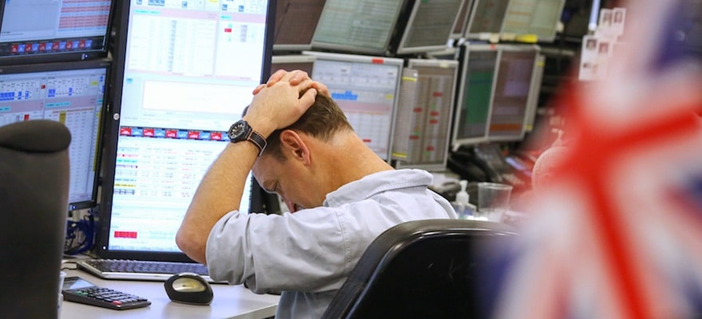What happens now as bonds signal a massive red flag to markets?

It had been heading that way for a while, but on August 15th the US yield curve finally inverted. Or, rather, the main part of the curve inverted. The spread between the three-month and ten-year US treasuries has been negative since May.
But it's the two-year versus 10-year spread that traders, economists, and central bankers really pay attention to.
Why? Because historically an inversion here has preceded a recession more often than not. The curve inverted before the dot-com bubble burst in 2001, and again in 2007, just before the financial crisis of 2008.
It's not a cast iron
signal, but it's as strong as it gets that the US economy is headed for a
downturn.
What should FX traders do?
For starters, remember that an inverted yield curve is not a guarantee of a recession, nor is it a warning that one is imminent. If a downturn is coming, it could still be a year or two away. Currently the US economy is in respectable shape.
Growth has slowed, but remains firm. Unemployment is at multi-decade lows and wages are growing well. Inflation is pretty much where the Fed wants it to be.
Obviously, the potential for a global recession will hit the high-beta emerging market currencies hardest. Currencies like the rand and the rupee have plummeted in recent sessions. The fastest growing economies will not fare well if demand stutters.
The commodity trio will also suffer. Australia supplies iron and copper to a hungry Chinese manufacturing sector, but this will take a knock. The Aussie and Kiwi have also been hurt by sharp downwards rate corrections from their respective central banks.
More loosening could be on the way if growth falters; the question here is whether the more stable majors will also be weakened by domestic stimulus to minimise the divergence.
The Loonie has performed quite well of late, helped by a solid economy, but it is still sensitive to developments in the oil markets. A slowdown in growth will dent demand for crude.
The yen and the Swissy have both rocketed higher in recent weeks. Their safe-haven appeal could drive them higher still as investors step away from riskier parings.
While the dollar is usually a popular safe-haven play, it remains to be seen if the Federal Reserve is going to play ball with market expectations, or tread its own, more hawkish, path.
If the Fed is poised to deliver several more cuts over the coming year or so, the dollar may find some of its appeal undermined.
Meanwhile, the euro could be staring down the barrels of another ECB policy bazooka should the Eurozone stutter. Recent data showed a contraction in Germany's economy. Quantitative easing could be redeployed, and rates could head lower.
A recession might be enough to cause waves for Sterling, which has for a long time now been insulated from the wider markets by traders' laser-like focus on the outcome of Brexit.
Timing matters
A recession is not guaranteed. And even if one is coming, we don't know how soon. The main risk for FX traders lies in the timing. Those who head for the havens or short the riskiest currencies too soon could be caught out by more positive developments on trade and monetary policy.
But chasing high yields with the spectre of a global downturn on the horizon also has its risks.
This article was submitted by Markets.com.




